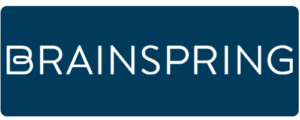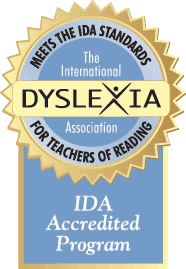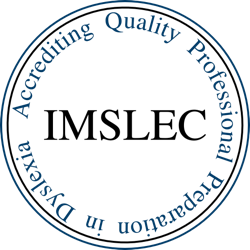The Science of Reading
Posted by Brainspring on 3rd Mar 2014
March is an exciting month for reading! We celebrate Dr. Suess’s birthday and March is Reading Month in March! What could be better than a month that acknowledges the importance of reading and the joy it brings into our lives, especially our children’s lives?
As elementary schools across the country are celebrating reading this month, it’s fitting to take a moment and focus on how miraculous the art of reading actually is.
What is reading?
Humans are hard-wired for language. We have been using speech for around 100,000 years. There are areas of our brains specifically designed to process the sounds and grammar of whatever language we are exposed to at the beginning of our life. Reading, however, is another matter. Writing has only been used for around 5,400 years, not long at all in the scheme of things. There is nothing innate in our brains to create meaning from some back squiggles passing through our visual field. Yet amazingly, portions of our brains that developed for different tasks have been reassigned to allow us to read with seemingly little effort. I hope that this quick glimpse into the astounding and complicated science of reading will help you appreciate the significance of your role helping students learn to read and the importance of using Orton-Gillingham programs, such as Phonics First, with beginning and struggling readers.
The Process of Reading
To help illustrate all the things that happen when you read a word, let’s follow the word “reading” as you process it. First, the retina receives light reflected off the page or screen. Only the fovea, the center of the retina, is sensitive enough to be useful for this task though. That’s why we have to scan across the page as we read. As we scan, we can only process 10-12 letters at a time.
The amount of visual process is astounding. Good readers read 400-500 words per minute. If we say the average length of each word is 5 letters, that’s 2,500 letters per minute, or about 41 letters every second!
Another amazing feat of our visual processing is called invariance. That means our brain recognizes a letter whether it is CAPITAL or lowercase, bold or italic, small or large, and in whatever font.
Next, the word is broken down. Think back to our example “reading”. Your brain separates the suffix “ing” from the root “read”. These are the morphemes that make the word. Morphemes are the smallest units of language that carry meaning. Your brain would break down syllables next: in our example though, read is only one syllable. And finally, it would break down the individual consonants and vowels.
Now your brain has identified the parts of the word “reading” on the screen. Time to figure out what it means!
For a while, there was a great debate about whether words are “sounded out” in the brain, phonological processing, or whether there was a direct route from letter strings to meanings, lexical processing. It turns out that both types of processing are at work simultaneously to help us identify the meaning of the squiggles on the page. *Note: this is true in adults who are good readers. Beginning and struggling readers need instruction and practice to develop these pathways.
We do have direct access to the meaning of words without mentally sounding them out. At the same time though, our brain processes the sounds of even familiar words we have seen a thousand times. When we encounter an unfamiliar word, we rely more on phonological processing, actually sounding out the word in our head. *You’re also using phonological processing when checking your students’ papers for misspellings.* Fluent reading uses both routes and varies depending on the word and the task.
Through either route, our brain still has to figure out which word we are seeing and what meaning corresponds to it. Most recent models of the brain’s system to identify a word work like people at a banquet waiting to see who wins the raffle. Imagine there is someone holding a ticket for every word in your vocabulary. The winning word appears on the screen: “read”. Everyone looks at their ticket to see if they won. The person with “red” is about to shout out but someone points out that he doesn’t have an “a” in his word. Someone with “bead” wants to shout out but someone notices that it rhymes, but the beginning sound is different. Finally, a person with “read” shouts out. No one argues because he fits the word and he wins the prize, getting to supply the meaning of the word.
Whew, I’m tired just thinking about all the work my brain did to read that one word, especially considering that that was a very brief overview of what happens in the brain. It’s nothing short of amazing that we are able to read and comprehend so quickly and without consciously putting forth any effort. We are honoring one of the greatest feats of human intelligence this month. Reading deserves a celebration!
Share your favorite ‘March is Reading Month’ activity in the comments section BELOW!
LEARN MORE ABOUT BRAINSPRING’S ACCREDITED ORTON-GILLINGHAM PROFESSIONAL DEVELOPMENT
LEARN MORE ABOUT BRAINSPRING’S MICHIGAN-BASED LEARNING CENTERS
ACCREDITATION:




